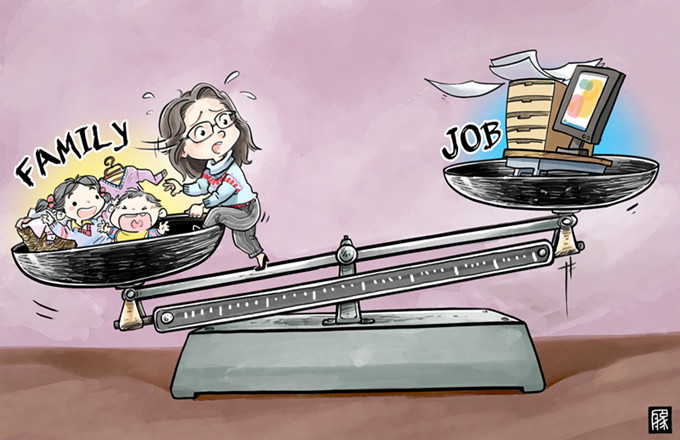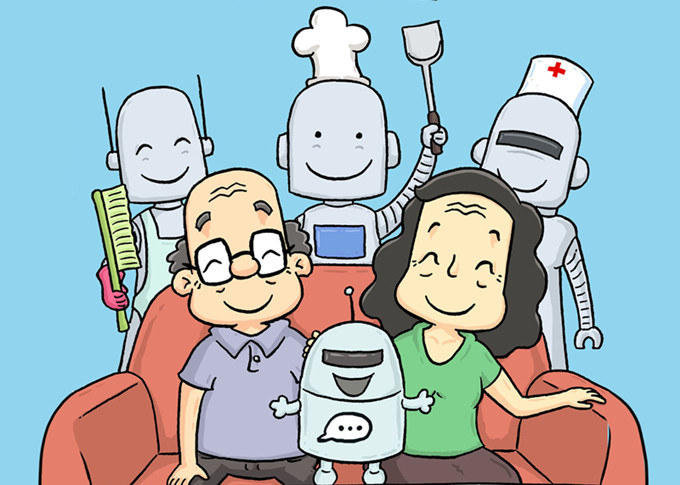Time to stop the casual use of antibiotics
|
 |
|
Antibiotics is shown in this photo taken on Oct 20, 2011 in Yichang, central China's Hubei province. [Photo/IC] |
We have all seen it, and many of us have even been guilty of it. A sick child, a sore throat, a trip to the doctor-and a prescription for an antibiotic. The problem is that many antibiotics are prescribed when, most likely, the malady is caused by a virus-not a bacterial infection-and thus they will have no effect on the malady, let alone cure it.
A similar pattern is seen in livestock production and agriculture. Rather than using antibiotics to treat bacterial illnesses, they are too often used as a safeguard or preventative measure to ensure farm animals don't get sick.
The casual use of antibiotics has made them lose their effect over time, because the bacteria they are meant to counter adapt to overcome their effects. Antimicrobials is the wider term given to drugs used to prevent and treat parasitic, bacterial, viral and fungal infections. While antibiotic resistance is the ability of bacteria to survive treatment with antibiotics, antimicrobial resistance (AMR) is the general term for drug resistance of microbes.
Globally, AMR is becoming a public health threat, and thus a political, social and economic problem. And if immediate action is not taken, bacterial infections that have become resistant to antibiotics could kill about 5 million people in Asia every year. The figure will be higher if cancer fatalities are taken into account.
Irrational use of antibiotics in animal, agriculture and human health sectors have aggravated this emerging health crisis. Drug resistant bacteria or "superbugs" and genes have been observed in the environment and food systems. Several studies show antibiotic resistant bacteria are even found in drinking water supply systems in several countries in Asia, raising great concerns. The indiscriminate use of antibiotics in livestock and aquaculture for treatment and growth has been shown to hasten the spread of antibiotic resistant pathogens in food and the environment.
For human health, the Antibiotic Awareness Week means seeking advice from a qualified healthcare professional before using antibiotics. For animal health, the best way to reduce antibiotic use is to promote better management aimed at preventing infection through good practices in livestock and crop production, and aqua-farming.
While such actions will help reduce, if not prevent, animal diseases, their implementation will also complement the measures on food safety, animal welfare, environmental protection, as well as eco-friendly practices. But because of its complexity, AMR mitigation in food and agriculture cannot be addressed by a single sector or strategy, but through different disciplines working together to help produce safer foods.
There is hope, as the Global Action Plan on AMR has been endorsed by all countries to address the threat of AMR by involving sectors such as agriculture, public health and environmental protection. And during the United Nations General Assembly last year, global leaders endorsed the Political Declaration on AMR.
The GAP has set out responsibilities for national governments, the World Health Organization, UN Food and Agriculture Organization and the World Organization for Animal Health (OIE), as well as other national and international partners to combat AMR. The FAO, WHO and the OIE have pooled resources and efforts to address AMR across the human, animal and ecosystem domains following the "One Health" approach.
Since September last year, the FAO has initiated more activities in the Asia-Pacific region to harmonize AMR surveillance and review AMR policies. It has also focused on raising public awareness about AMR in the food and agriculture sector.
But governments and the people, too, need to take responsibility when it comes to the use of antibiotics, and their use should be restricted to treating diseases, including in the animal farming sector, on the advice of health professionals.
While antibiotic resistance might not be directly visible, we need to make sure the antibiotics we use are taken prudently and all efforts are made to reduce their use, because once antibiotics stop working, it will be already too late.
The author is senior animal production health officer, Food and Agriculture Organization of the United Nations Regional Office for Asia and the Pacific.




















